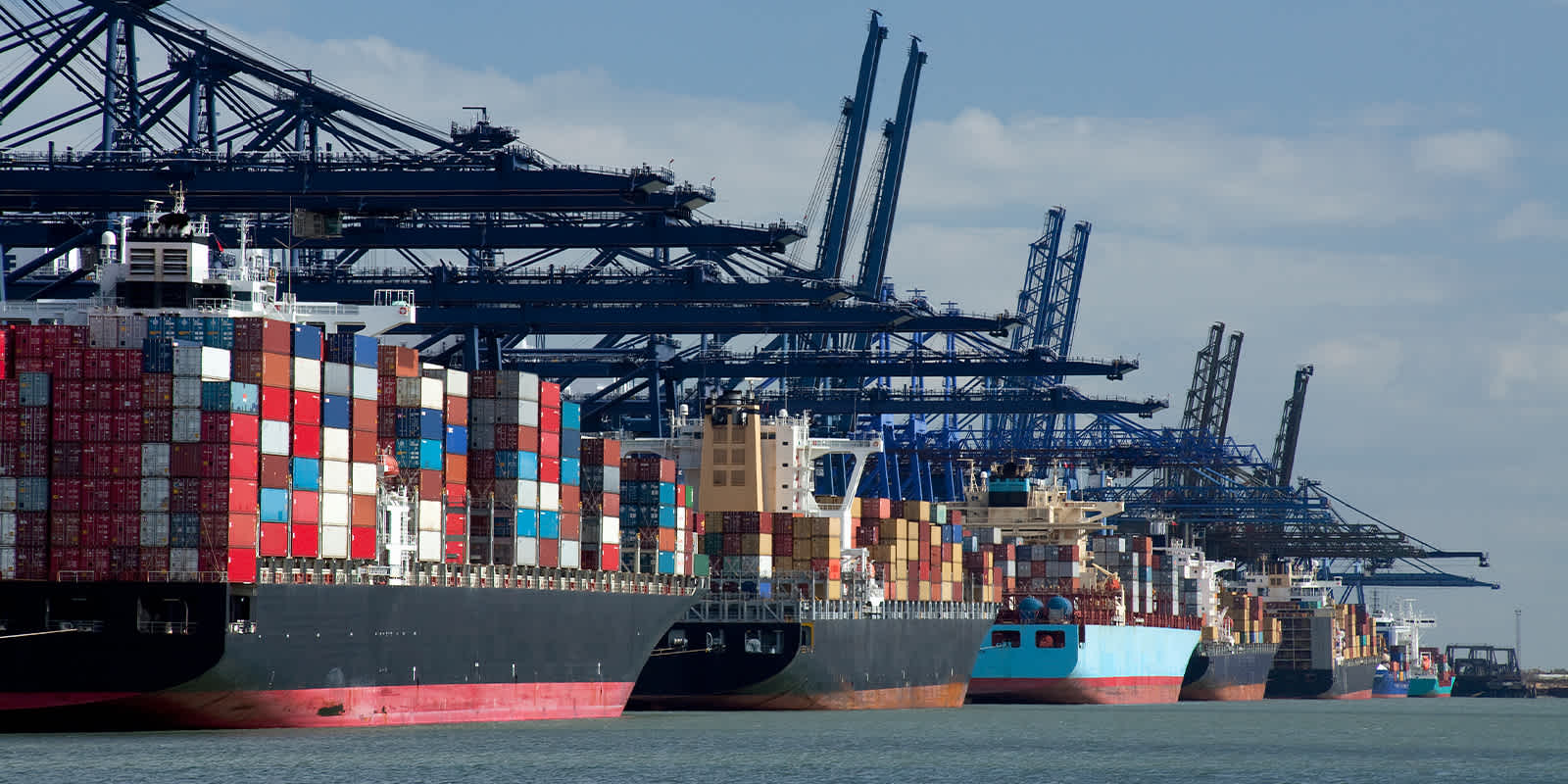
April 7, 2020
How to Mitigate the Impact of Port Congestion Due to COVID-19
How to Mitigate the Impact of Port Congestion Due to COVID-19
As the COVID-19 pandemic continues to roll through communities, uncertainty blooms. Ports everywhere are being impacted—because, unlike businesses that have closed as ‘shelter-in-place’ orders have taken effect, ports are deemed essential operations.
The Coronavirus outbreak has relaxed consumer demand for a number of goods and left some buyers skittish, either canceling or downsizing orders. And, even if they’re not canceling, some consignees are deferring or delaying receipt of shipment. Add to that worker shortages, along with restricted access to roads and the movement of cargo, and you have a serious looming risk: congested ports.
When main ocean terminals get backed up, the knock-on effects are significant. The entire supply chain becomes disrupted. Vessels queue up outside the port as they wait for a spot to unload cargo; this leads to container shortages as ships are stuck in place, outside of port. For consignees, that means potentially being hit with congestion, demurrage, and detention fees. Or, scrambling to figure out storage solutions at transshipment hubs. And by the time goods are finally released, they could become irrelevant to buyers.
In the US, concern about port congestion of historic proportions is spurring a demand for industry response. And, even as that worry escalates, it is already happening in India. In fact, major shipping lines are reportedly skipping India’s primary port gateways Jawaharlal Nehru Port Trust and Adani group-run Mundra port.
During such times, when so much is out of control, the need for visibility into shipments and the ability to relay real-time information to others in the supply chain becomes paramount. For Flexport customers, this means a digital platform that puts team members on the same page with suppliers and Flexport experts who can advise on their specific situations. And, with track and trace technology, shippers can receive real-time estimated and actual arrival dates to help make better decisions faster. Gate-in and gate-out updates, as they happen, help customers manage container events and avoid unnecessary dwell times and demurrage fees.
Minimizing Risk
Consignees looking to minimize risk from port congestion should keep options open. Below are five recommendations:
- Talk to your freight forwarder about securing off-dock storage or additional warehouse capacity
- Ask your freight provider about the best way to address detention terms
- Use slower ocean services or detention in transit products if storage capacity is tight
- Explore alternative gateway ports facing less congestion
- Track your demurrage and detention costs closely and avoid costly surprises
Awareness of arrival times and container availability are more important now than ever. Remember, terminals will still charge storage fees if you are not able to take receipt of your cargo before the last free day—whether due to COVID-19 or some other reason.
To learn more about the impact of COVID-19 on supply chains, visit the Flexport Covid-19 global trade insights page.



